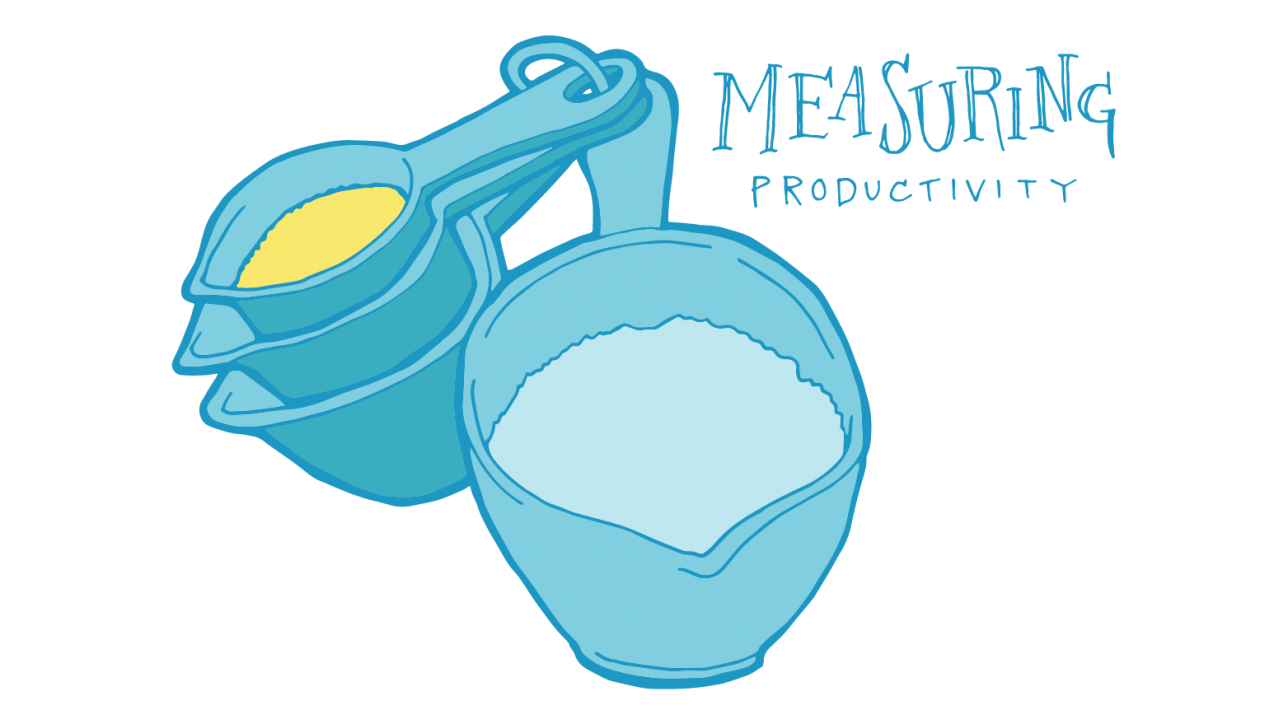While we’ve covered seasonal SEO in the past, and the importance of promoting seasonal features via updates on your website, etc., have we haven’t yet looked at measuring seasonal SEO.
While marketing to your seasonal crowd to make the most of the advantages you have in the market is a fantastic idea, you can create even more advantageous marketing opportunities by using analytics. Seasonal analytics dive deeper into your marketing efforts to give you solid data. That focused data can help you tailor and adjust your search engine optimization (SEO) efforts in the future. On a larger scale, analytics can also give you an indication as to what your seasonality might be and what products are affected.
So what are analytics? Basically, analytics take data from your website and compare it to the same data from different time periods to give you a mathematical outline of your website’s business, traffic and performance. Google Analytics is a free service and you can customize it and gather as much or as little data as you want and of course you can always hire an outside firm to collect and interpret that data for you. Whether you want to track basic data like how much traffic your website gets month after month, or you want to dive deeply into the analytics pool – it’s all up to you.
It’s important to start with a base first. Determine what metrics you’re going to track and what information they can provide. If you’re going to track a seasonal ad campaign, it’s good to look at data from that season in prior campaigns so you have comparative information. You may discover that certain products were not doing as well as expected, or, you may find that an earlier campaign was brilliant and you need to do more of them just like that one. All of this can be determined by doing seasonal SEO and can translate to a dynamic return on investment (ROI).
Since every business is different it’s impossible to provide overarching insights on what to look for in your seasonal SEO or how to process your analytical data. But, there are some tips we can give you to get you started and to help you to begin thinking about what matters most to your business.
- Get baseline data and information before you begin any SEO; see what areas need work and what ones are succeeding.
- Know when your season is. Not just the exact date (if there is one) but how long in advance people start preparing and making purchases and, if applicable, how long after the event they’re still making purchases. (i.e., Black Friday and after Christmas blow out sales, etc.)
- Study what your competition is doing. You don’t need to target one competitor or even spend a lot of time analyzing their approach, but understand the market and decide if you’re giving your audience what they want. Is your competition doing it better? Find out why.
- Pick a target. It’s best to start small and really get a handle on what is important to you and your audience. Once you start collecting and understanding a solid “base” of data, then branch out.
In the long run, it’s your return on investment that matters most. By focusing on measuring seasonal SEO, you can make smart decisions that help you make successful investments. Contact Filament to learn more!


